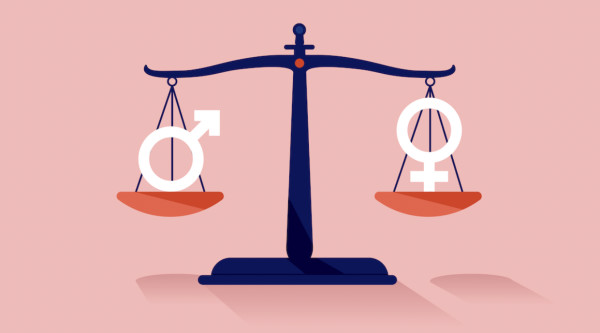

An analysis of the Office for National Statistics data by retirement firm Just Group made the revelation that single women households significantly outnumber those of single men in all but the highest income group.
Splitting households into five groups by annual income showed that single women made up nearly half (49 per cent) of the 1.7mn households in the bottom group where gross annual income was £12,706.
Single men made up 18 per cent, while the remaining third (33 per cent) were couples or homes with two or more adults.
Only in the highest income group – where gross annual household income was £68,429 – was there greater representation of single men (20 per cent) than single women (19 per cent). However, the majority, 61 per cent of this group were couples.
Just Group’s communication director, Stephen Lowe said that data is concerning and strongly reinforces the view that women don’t do as well as men in retirement.
“Many household costs such as insurance, utilities and home maintenance are nearly as high for single people as for couples, so the fact that so many retirees on the lowest incomes live on their own in their own homes suggests they must be feeling the rising cost of living in their pockets,” Lowe said.
Source: Just Group
Lowe outlined that there are about 4.2mn households composed of a single person aged over 65 - about a million more than 25 years ago.
“Low-income pensioner households are nearly three times more likely to be single women as single men. While the proportion of single male households stays relatively stable at about one in five across all income groups, for single women it falls from nearly half among the lowest income group to about one in five of the highest income group,” he said.
Past research by Just Group has shown that women who retired earlier than expected were more likely than men to leave the workforce due to ill health (37 per cent of women versus 29 per cent of men) and three times more likely to leave the workforce to care for a family member (14 per cent versus 4 per cent).
It also showed that women were nearly half as likely to retire due to feeling their pensions were sufficient (16 per cent versus 29 per cent).
Lowe pointed out that the single retirees represented by the data are not necessarily elderly widows.
“This lowest income group is on average a little younger than the other income groups and more likely to be under state pension age which suggests finding jobs may be a problem,” Lowe said.
He added: “We would urge all those struggling on low incomes to first check their entitlement to state benefits.”
“Government figures show about 850,000 households are missing out on £1.7bn of pension credit each year, or about £1,900 each.”
Elsewhere, earlier this month, the Parliamentary and Health Service Ombudsman signalled it will adjust its approach to its investigation into failures by the Department for Work and Pensions relating to changes to women’s state pension age.
jane.matthews@ft.com



